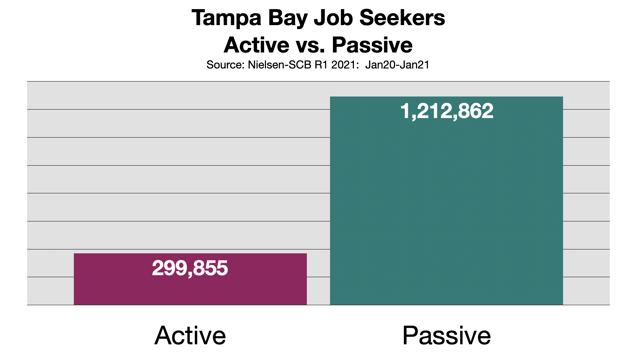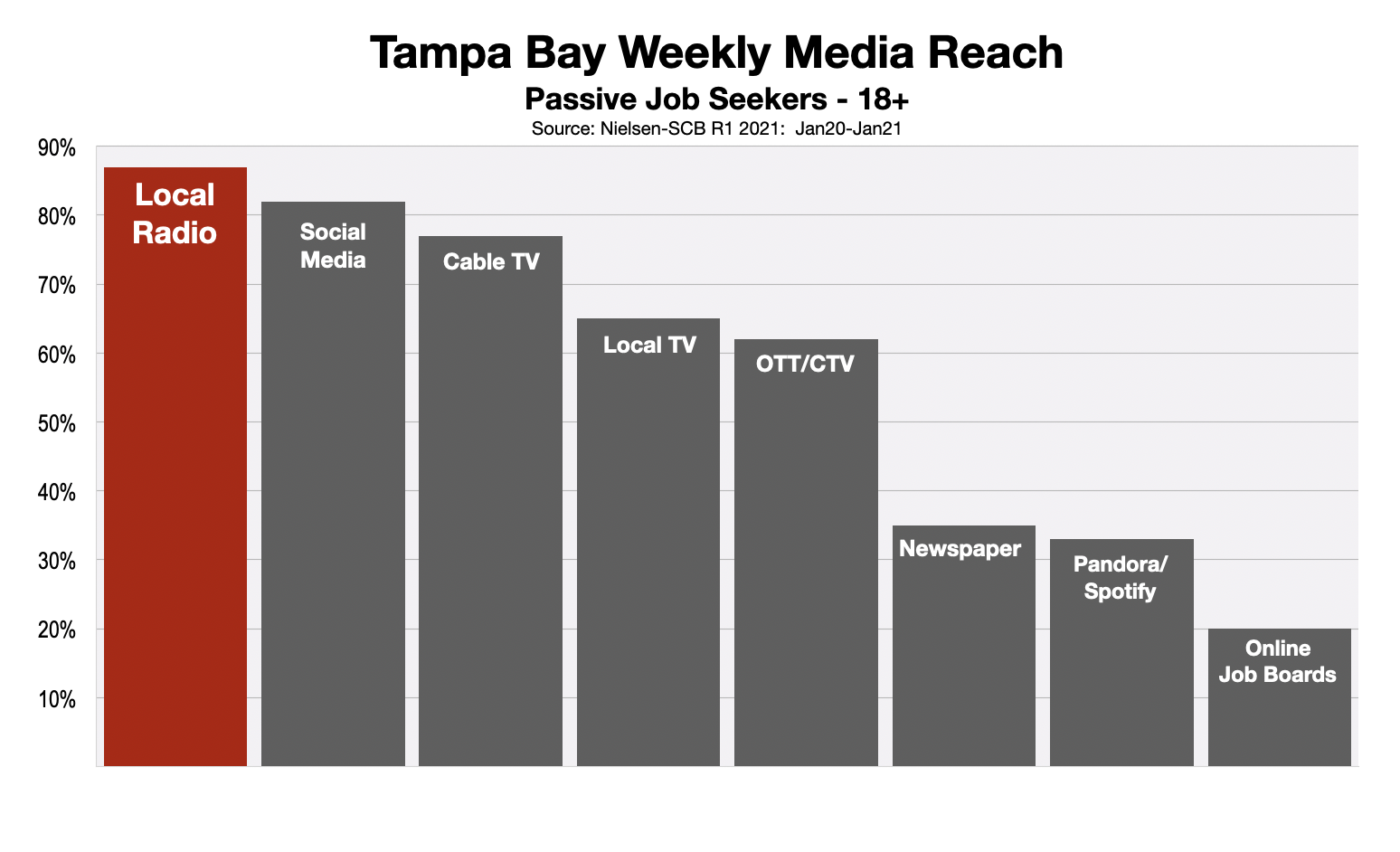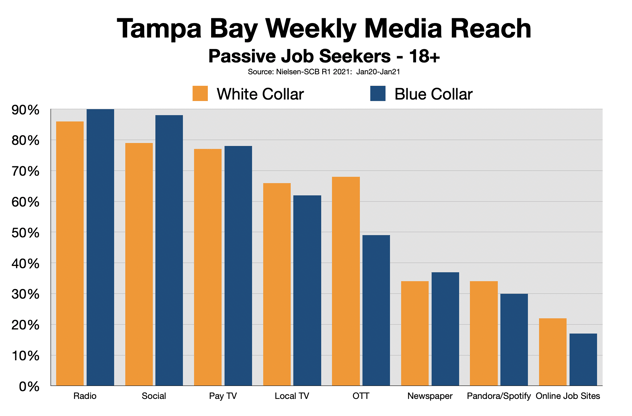The number of job openings in the Tampa Bay area has exceeded pre-pandemic levels, according to the Bureau of Labor Statistics. Businesses of all sizes are adding employees in a big way, according to the ADP Research Institute, but still, large numbers of positions remain unfilled.
With the Florida unemployment rate still around 5%, Tampa Bay business owners wonder why they are having difficulty attracting applicants for open positions.
According to a recent article posted in The Economist, there are two major reasons why many sidelined workers aren't anxious to come to work. The first is fear.
 "Consider which industries are experiencing the most acute worker shortages," writes The Economist. "Jobs in health care, recreation and hospitality report the highest level of job openings, relative to employment. Many of these involve plenty of person-to-person contact, making their workers especially vulnerable to (Coronavirus) infection. By contrast, in industries where maintaining social distancing or being outside is often easier, labor shortages are less of an issue. The number of job openings per employee in the construction industry is lower today than it was before the pandemic."
"Consider which industries are experiencing the most acute worker shortages," writes The Economist. "Jobs in health care, recreation and hospitality report the highest level of job openings, relative to employment. Many of these involve plenty of person-to-person contact, making their workers especially vulnerable to (Coronavirus) infection. By contrast, in industries where maintaining social distancing or being outside is often easier, labor shortages are less of an issue. The number of job openings per employee in the construction industry is lower today than it was before the pandemic."
According to The Economist, the second reason is that many of the jobs unemployed workers held before the pandemic have disappeared. The current crop of job postings are in totally different fields or geographic areas. Workers, however, haven't caught up with these shifts.
For instance, a former bartender in Brandon may not spot the opportunity for a food-delivery delivery driver in Clearwater.
So, to fill all of the open jobs in the Tampa Bay area, employers need to shift focus from luring the fearful and the unaware to what recruitment professionals call "passive job seekers".
According to the Society For Human Resource Management, passive job seekers are "individuals who are currently employed and not actively looking for a new job, but who may be open to a good career opportunity if one came along."

The SHRM website goes on to explain that "many employers target passive job seekers because they are looking for candidates who have positive employment records and who are satisfied with and successful in their work. Employers often target passive job seekers because of the lack of qualified job candidates to fill critical roles. Locating, wooing, and successfully luring passive job seekers are critical for organizations to remain competitive in a tight labor market.
According to Nielsen, 1.2-million adults in the Tampa Bay area fit the SHRM definition of a passive job seeker. Conversely, there are only 299,855 adults who are actively looking for new employment.
By any key marketing metric, the best way for local employers to reach passive job seekers is by advertising on Tampa radio.
Each week, according to Nielsen, Tampa radio reaches significantly more passive job seekers than all other media options, including social media sites like Facebook and LinkedIn or online job boards like Zip Recruiter and Indeed.
The reach advantage of Tampa radio is true for both white-collar and blue-collar workers who fit The SHRM definition of passive job seekers.
A recent national study by MARU/Matchbox and commissioned by Westwood One confirms the Tampa Bay Neilsen findings. According to this study:
- Passive job seekers are the #1 source of new workers in America and outnumber active job seekers four to one
- Passive job seekers are less likely to use online job sites
- Audio is a great way to reach active and passive job seekers
- Reach job seekers on Rock, Oldies/Classic Hits, Adult Contemporary, News/Talk, and Top 40 AM/FM radio programming formats








